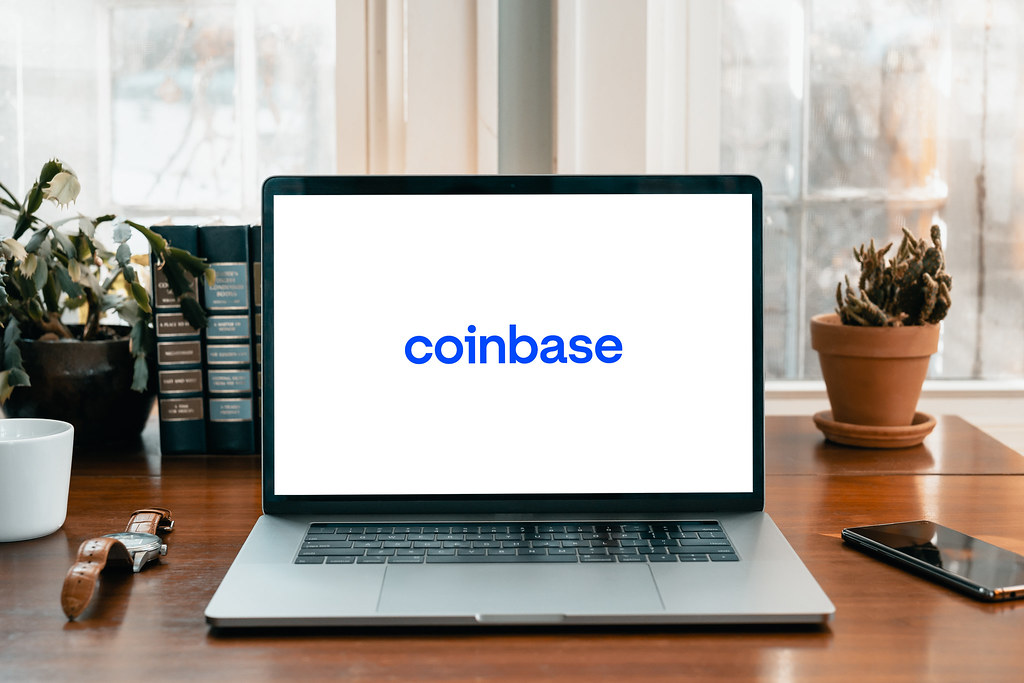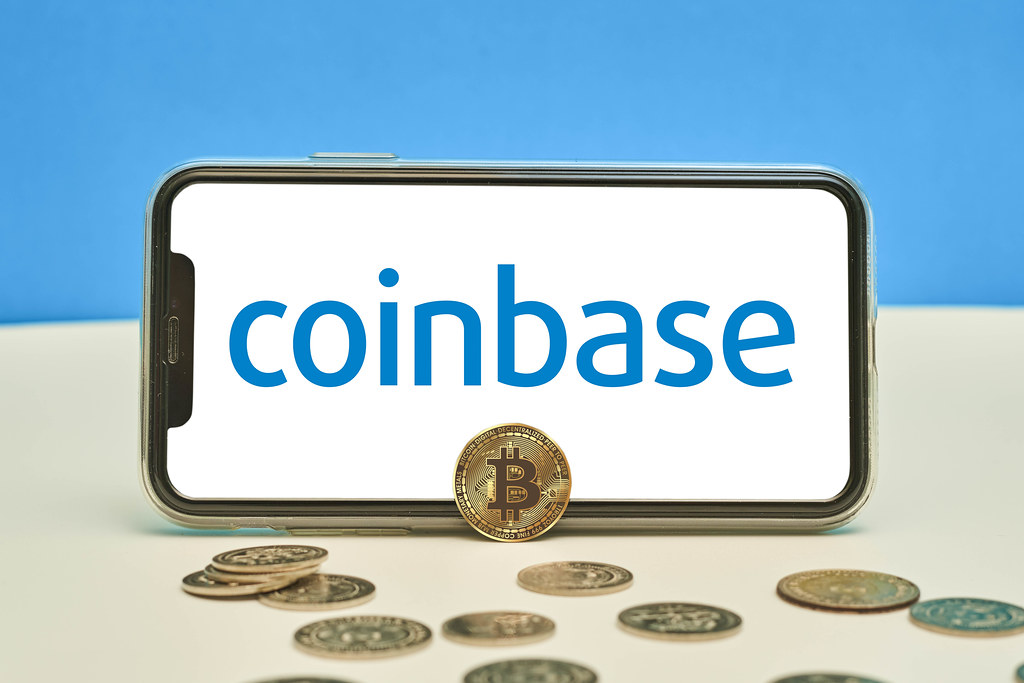Cryptocurrencies have gained widespread popularity in recent years, with Bitcoin, Ethereum, and other digital currencies becoming mainstream investment options. Coinbase, one of the most popular cryptocurrency exchanges, offers a user-friendly platform for buying, selling, and storing cryptocurrencies. Understanding the payment methods available on Coinbase is essential for anyone looking to enter the world of cryptocurrencies.
In this article, we will provide an in-depth overview of Coinbase payment methods to help you better understand your options when it comes to buying and selling cryptocurrencies on this platform.
An Overview
Coinbase offers several payment methods that users can choose from to buy or sell cryptocurrencies. These payment methods include:
- Bank Transfers: Coinbase allows users to link their bank accounts to their Coinbase accounts, making it easy to transfer funds between their bank and Coinbase. Users can initiate bank transfers from their Coinbase account to deposit funds for buying cryptocurrencies or withdraw funds from their Coinbase account to their bank account after selling cryptocurrencies. Bank transfers are typically free or have minimal fees associated with them, but they may take a few days to complete.
- Debit/Credit Cards: Coinbase also allows users to link their debit or credit cards to their Coinbase accounts. This enables users to buy cryptocurrencies instantly using their cards. However, it’s worth noting that transactions made with debit/credit cards may have higher fees compared to bank transfers.
- Coinbase Wallet: Coinbase has its own digital wallet called Coinbase Wallet, which allows users to store their cryptocurrencies securely. Users can transfer funds from their Coinbase account to their Coinbase Wallet for storage or for making transactions within the Coinbase Wallet ecosystem.
- Cryptocurrency Deposits: Coinbase also allows users to deposit supported cryptocurrencies from other wallets or exchanges into their Coinbase accounts. This provides users with flexibility in managing their cryptocurrency holdings and allows them to consolidate their cryptocurrencies in their Coinbase account.

Mastering Coinbase Payment Methods: Your Ultimate Resource
Understanding the Pros and Cons
Each Coinbase payment method has its own advantages and disadvantages, and understanding them can help users choose the most suitable option based on their needs and preferences.
- Bank Transfers: Bank transfers are typically free or have low fees associated with them. They are also relatively secure and convenient for transferring large amounts of funds. However, bank transfers may take a few days to complete, which may not be ideal for users looking for instant transactions.
- Debit/Credit Cards: Transactions made with debit/credit cards are usually instant, allowing users to buy cryptocurrencies quickly. However, debit/credit card transactions may have higher fees compared to bank transfers. Additionally, some banks or credit card issuers may block cryptocurrency transactions or charge additional fees, so users should check with their banks or credit card issuers beforehand.
- Coinbase Wallet: Using Coinbase Wallet provides users with full control over their cryptocurrencies, as they have access to their private keys. Coinbase Wallet also allows users to interact with decentralized applications (dApps) and participate in the decentralized finance (DeFi) ecosystem. However, Coinbase Wallet is a separate platform from Coinbase, and transferring funds between Coinbase and Coinbase Wallet may incur fees and require additional steps.
- Cryptocurrency Deposits: Depositing cryptocurrencies from other wallets or exchanges into Coinbase allows users to consolidate their holdings in one place. However, it’s important to note that Coinbase supports a limited number of cryptocurrencies, and not all cryptocurrencies can be deposited into Coinbase. Users should also be aware of the withdrawal fees associated with transferring cryptocurrencies out of Coinbase.
Tips for Using Coinbase Payment Methods
Here are some tips to keep in mind:
Verify Your Account: To access all the features and higher transaction limits on Coinbase, it’s important to verify your account by completing the necessary identity verification process. This will help you avoid any potential limitations or delays in using these payment methods to their fullest extent.
Be Mindful of Fees: Coinbase charges fees for certain transactions, such as buying or selling cryptocurrencies, transferring funds, or converting between different cryptocurrencies. It’s important to be aware of these fees and factor them into your transactions and investment decisions.
Consider Security Measures: Protecting your Coinbase account is crucial in ensuring the safety of your cryptocurrencies. Enable two-factor authentication (2FA) for an additional layer of security, and use strong, unique passwords. Avoid sharing your account information with anyone and be cautious of phishing attempts or suspicious emails.
Stay Updated with Coinbase Policies: Coinbase’s policies, including payment methods and fees, may change over time. It’s essential to stay updated with Coinbase’s terms of service and policies to make informed decisions when using Coinbase payment methods.
Do Your Own Research: While Coinbase is a reputable and user-friendly platform, it’s always advisable to do your own research and understand the risks associated with buying, selling, and storing cryptocurrencies. Familiarize yourself with the basics of blockchain technology, market volatility, and best practices for managing your cryptocurrencies.
Summary
- Coinbase offers various payment methods for buying, selling, and storing cryptocurrencies, including bank transfers, debit/credit cards, Coinbase Wallet, and cryptocurrency deposits.
- Bank transfers are a popular option but may have longer transaction times and lower daily limits compared to other methods.
- Debit/credit cards provide instant transactions but may be subject to higher fees and interest rates based on card issuers’ policies.
- Coinbase Wallet is a self-custody option that allows users to control their private keys and offers added security, but requires additional setup and management.
- Cryptocurrency deposits allow users to transfer their existing cryptocurrency holdings to Coinbase, but transaction times may vary based on the specific cryptocurrency.
- Users should be aware of the fees associated with each payment method and factor them into their decision-making process.
- Transaction times for different payment methods should be considered, especially for time-sensitive transactions.
- Understanding card issuers’ policies regarding Coinbase transactions is crucial to avoid unexpected fees and charges.
- Prioritizing security measures, such as enabling 2FA and using strong passwords, is essential when using Coinbase payment methods.
- Staying informed with the latest news, market trends, and Coinbase announcements is important to make informed decisions about payment methods and investment strategies.
Conclusion
Coinbase offers a range of payment methods to buy and sell cryptocurrencies, including bank transfers, debit/credit cards, Coinbase Wallet, and cryptocurrency deposits. Each payment method has its own advantages and disadvantages, and it’s crucial to understand them to choose the most suitable option based on your needs and preferences.
By verifying your account, being mindful of fees, considering security measures, staying updated with Coinbase’s policies, and doing your own research, you can navigate Coinbase payment methods with confidence and make informed decisions when trading or investing in cryptocurrencies. Remember to always exercise caution and use best practices for managing your cryptocurrencies to ensure a safe and successful experience on Coinbase.












